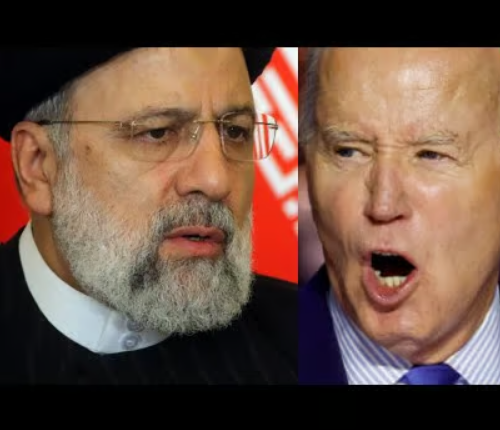In a world where geopolitical tensions often teeter on the brink of escalation, the complex relationship between the United States and Iran remains a focal point of international concern. Recent events have only intensified this focus, with attacks in regions of strategic importance raising serious questions about the potential for conflict. A pointed question was posed to the White House, probing the administration’s assessment of Iran’s intentions and whether it believes Iran seeks war. The response from the administration sheds light on the delicate balance of power, the nuanced strategies at play, and the overarching desire to maintain peace while ensuring national security.
The Precarious Balance of Power
At the heart of the matter is the precarious balance of power that defines U.S.-Iran relations. The recent escalatory actions attributed to Iran have put the United States in a position where it must carefully weigh its response options. The White House’s stance, as articulated in recent briefings, emphasizes a commitment to supporting U.S. troops and ensuring they have the necessary resources and support to continue their missions. This commitment extends to the broader objective of preserving and protecting U.S. national security interests in the region, which are described as “wide and varied.”
The Question of War
The direct question posed to the White House, “Do you believe that Iran wants a war?” elicited a response that underscores the complexity of international diplomacy. The administration made it clear that the propensity for war lies with Iran and its decision-making apparatus. This response highlights a critical aspect of international relations—the understanding that nations are autonomous actors on the global stage, responsible for their actions and the subsequent repercussions. It is a reminder that the path to war or peace is often in the hands of the nations involved, shaped by their choices and strategic calculations.
The White House’s commentary shed light on the internal calculus within Iran, particularly within factions like the Islamic Revolutionary Guard Corps (IRGC), which appears to be engaging in actions deemed worth the risks they entail. This perspective suggests that there are elements within Iran that perceive escalatory actions as serving their interests, despite the potential for significant consequences. The U.S. administration’s goal, as stated, is to alter this calculus, to convey that such actions are counterproductive and will not lead to the outcomes Iran may desire.
Navigating the diplomatic tightrope in U.S.-Iran relations requires a nuanced approach, one that balances the need for security with the desire for peace. The United States, by signaling its non-preference for war while remaining vigilant and prepared to protect its interests, is engaging in a complex diplomatic dance. This approach involves leveraging diplomatic channels, economic measures, and, where necessary, strategic military posturing to influence Iran’s behavior without tipping the scales toward open conflict.
The road ahead in U.S.-Iran relations is fraught with challenges and uncertainties. The administration’s response to the question of war with Iran encapsulates the broader strategic dilemma facing the United States: how to respond to provocations and safeguard interests without engaging in a conflict that could have far-reaching consequences. It is a delicate balance, one that requires constant reassessment of risks, intentions, and potential outcomes.
Read More:
- Royalist Social and Civic Club Inspires Joy with Free Bikes for Wheatley Elementary Students
- Atlanta Restaurant’s Health Insurance Surcharge Sparks Debate Over Employee Welfare
- Could 2023 Mark the End of Walmart Self-Checkout in Texas?
In conclusion, the White House’s position on the potential for war with Iran is a reflection of the broader complexities that define international relations in today’s geopolitical landscape. It underscores the importance of strategic patience, diplomatic engagement, and the continual assessment of adversaries’ actions and intentions. As the situation evolves, the United States remains poised on the diplomatic tightrope, seeking to maintain stability and peace in a region marked by historical tensions and contemporary challenges.

